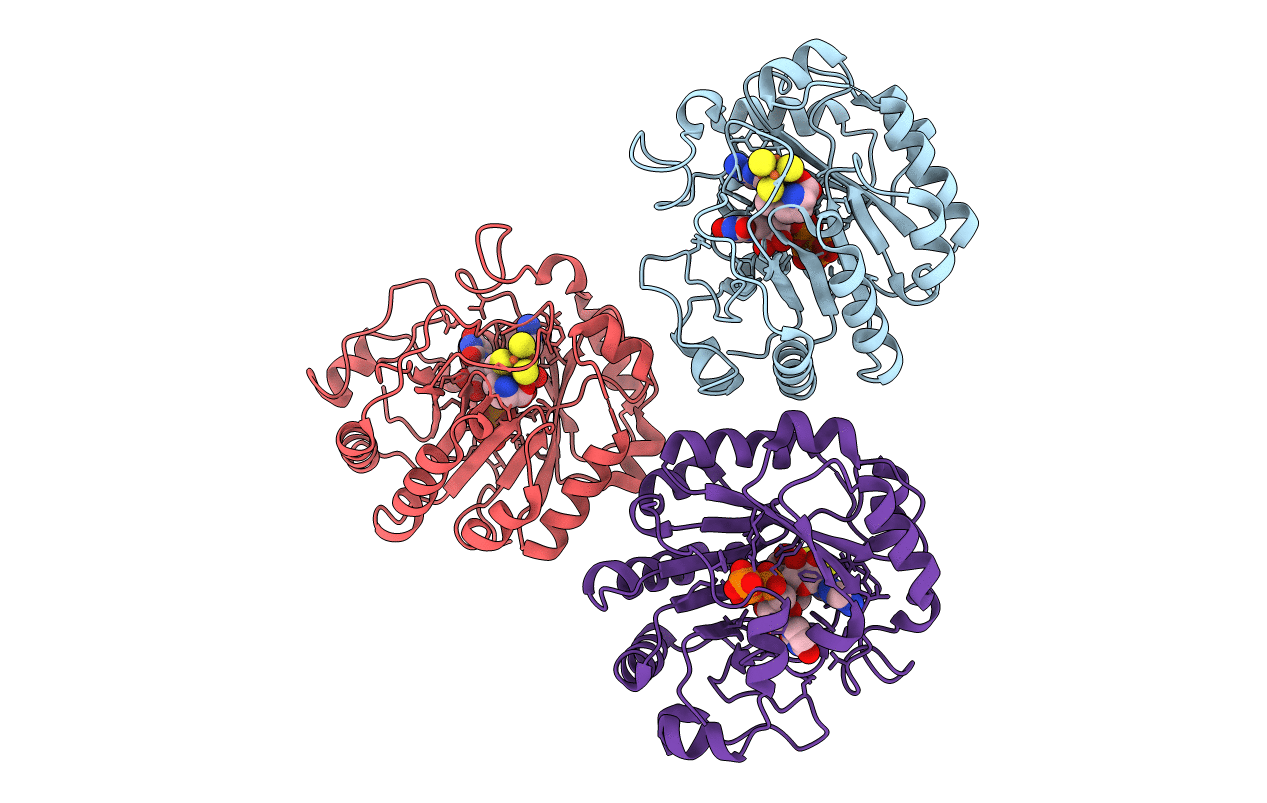
Deposition Date
2021-06-10
Release Date
2021-06-30
Last Version Date
2023-10-18
Entry Detail
PDB ID:
7N7I
Keywords:
Title:
X-ray crystal structure of Viperin-like enzyme from Trichoderma virens
Biological Source:
Source Organism:
Hypocrea virens (strain Gv29-8 / FGSC 10586) (Taxon ID: 413071)
Host Organism:
Method Details:
Experimental Method:
Resolution:
3.19 Å
R-Value Free:
0.26
R-Value Work:
0.22
R-Value Observed:
0.22
Space Group:
P 31


